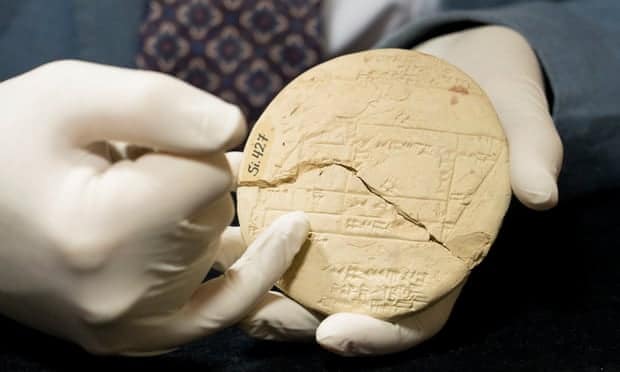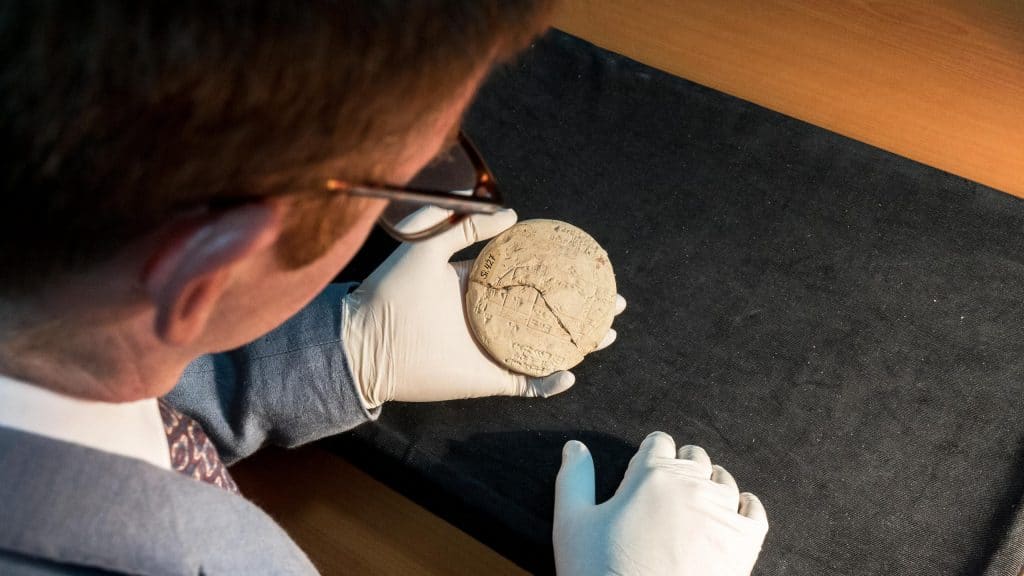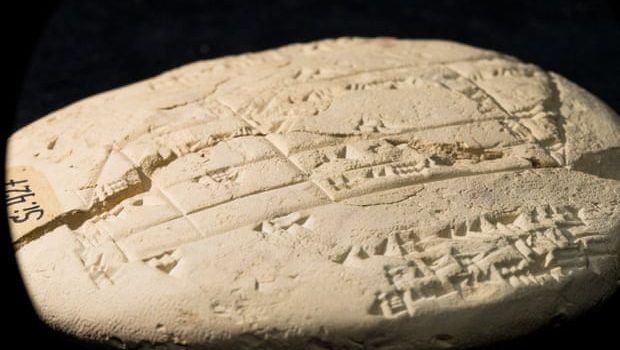It is said that everything the scientists and researchers are discovering today, has already been discovered. There is nothing entirely new and unique in any era. Even if there is an innovation, it is an incremental leap from the previously existing ideas. A recent discovery has enforced this theory.
A clay tablet is found that is almost 3700 years old. It belongs to the Babylonian period. The tablet shows evidence of a geometric application which makes it the oldest evidence of applied geometry. The tablet is more than a millennium older than the year Pythagoras was born.

The tablet is being called Si.427 and has been placed in an Istanbul museum for a century now. According to the mathematician, Daniel Mansfield of the University of New South Wales (UNSW) in Australia, this geometry was used to divide the land and mark clear land boundaries. It was also seen that the use of Pythagorean triples, a2 + b2 = c2, was applied in the process to calculate dimensions of right-angled triangles.

Another tablet of this sort was also discovered at the same time. It was called Plimpton 322. According to the researchers who have extensively worked on the tablets and the period they come from, it is believed that in this particular era, people had started to value their land and mark boundaries. They probably realized how important ownership of property in the form of land can be. This practice can also explain the use of applied geometry and advanced methods of Pythagorean triples as they wanted to divide the land fairly, without any wrong or unjust measurements.
This shows how geometry dates back to the Old Babylonian time and the work done afterward on the subject by Greeks and, till date, by us added on to the basis defined by them. The journal is published in Foundations of Science.


